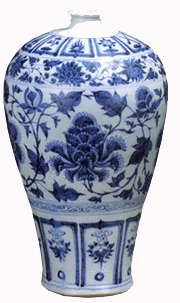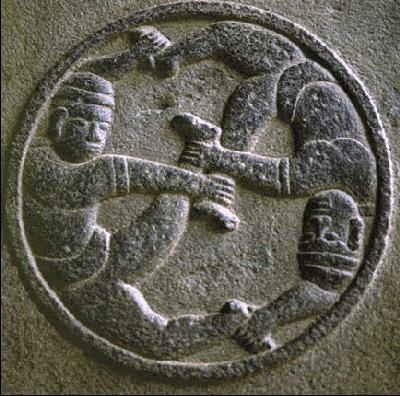| About China > History > Dynasties > dycontent |
|
|
Yuan Dynasty
During the Yuan Dynasty, economic and cultural exchanges were frequent among different nationalities, and the Hui nationality was formed during this period. The Yuan had an extremely vast territory, drawing a basic outline of present China's territory.
The middle years (1307 to 1323) marked a period of decline. During this period, social conflicts and the competition for imperial power became intensified and included continuous uprisings all around the country. The New Deal carried out by Emperor Yingzong was like a flash in the pan, but it could not save the Yuan Dynasty from declining. Finally, the New Deal failed and Emperor Yingzong died an unnatural death.
From 1329 in the late-Yuan period, peasant uprisings accelerated the decline of the regime. Zhu Yuanzhang joined a peasant force and later took command to defeat other forces and rebuild the dynasty of the Han nationality, namely the Ming Dynasty. |
||||||
 |

